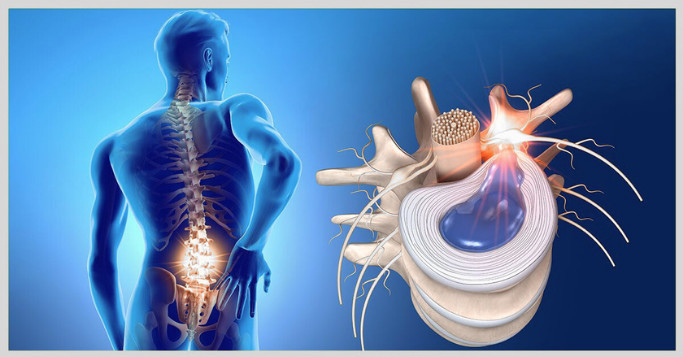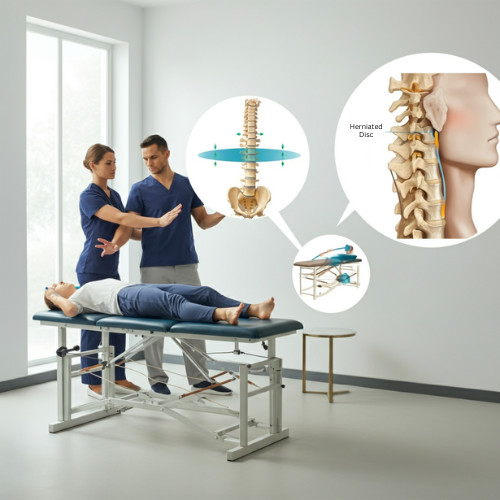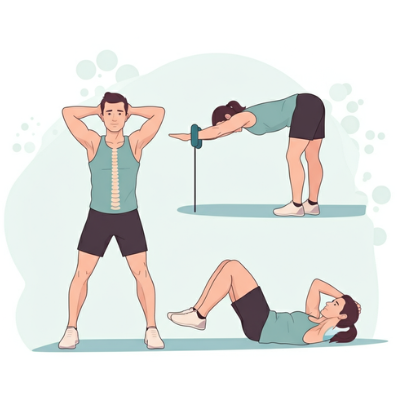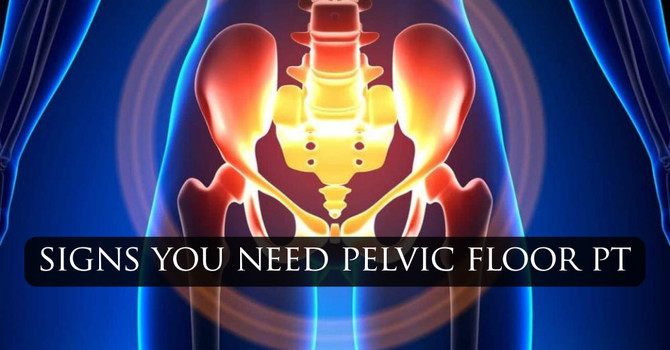
Dealing with intense back pain or a sharp, radiating pain down your leg can be alarming and debilitating. One of the most common causes of this type of discomfort is a herniated disc. For many adults in Egg Harbor Township, Washington Township, and across South Jersey, this diagnosis can be concerning. The good news is that most cases can be resolved with effective, conservative care. The key is to find a modern, evidence-based approach that addresses the root cause of the problem, rather than just masking the symptoms.
This guide will explain what a herniated disc is, what causes it, and what you should look out for. More importantly, we’ll dive into the proven, evidence-based chiropractic and physical therapy treatments that can provide lasting relief—right here in South Jersey. You will learn how techniques like the McKenzie Method and Flexion-Distraction, combined with a functional movement approach, can help you heal and get back to your life without pain.
What Is a Herniated Disc?
Your spine is made up of a series of bones called vertebrae, and in between each one is a soft, rubbery cushion known as a spinal disc. These discs act as shock absorbers, allowing your spine to bend and move without the bones grinding against each other. Each disc has a tough, fibrous outer layer (annulus fibrosus) and a soft, gel-like center (nucleus pulposus).
A herniated disc, sometimes called a slipped or ruptured disc, occurs when some of the soft center pushes out through a tear in the tough exterior. This displaced material can press on nearby spinal nerves, leading to pain, numbness, or weakness. The pain isn't from the disc itself, but from the pressure and inflammation it causes on the sensitive nerve tissue.

Common Causes and Risk Factors
Herniated discs can happen to anyone, but they often result from a combination of factors.
- Aging: As we get older, our spinal discs naturally lose some of their water content, making them less flexible and more prone to tearing. This is often referred to as degenerative disc disease.
- Poor Lifting Mechanics: Lifting large, heavy objects with your back instead of your legs can place enormous strain on your lower spine, leading to a rupture.
- Repetitive Strain: Jobs or activities that involve repetitive twisting, bending, or pulling can weaken the discs over time.
- Poor Posture: Prolonged sitting with a slouched posture increases pressure on the discs in your lower back.
- Sudden Injury: A traumatic event, such as a fall or a car accident, can cause an immediate disc herniation.
- Lifestyle Factors: Being overweight increases the load on your spine, and a sedentary lifestyle can lead to weak supportive muscles, raising your risk.
Key Symptoms of a Herniated Disc
Symptoms can vary widely depending on where the herniated disc is located in your spine and which nerve it's affecting. While some people experience no symptoms, others may have severe and persistent pain.
Common signs include:
- Radiating Pain: This is the hallmark symptom. For a herniated disc in the lower back (lumbar spine), you may feel a sharp, shooting pain that travels from your buttock down the back of your leg, often called sciatica. For a neck (cervical) herniation, pain may radiate into your shoulder and arm.
- Numbness or Tingling: You might experience a "pins-and-needles" sensation in the body part served by the affected nerve.
- Muscle Weakness: The muscles connected to the compressed nerve may become weak, affecting your ability to lift or hold items, or even causing you to stumble.
- Localized Pain: You may feel an ache or sharp pain directly at the site of the herniation in your back or neck.
Why Evidence-Based Care Is Crucial
When seeking herniated disc treatment, it's vital to choose a provider who uses an evidence-based approach. This means relying on proven, scientific principles of anatomy, physiology, and rehabilitation. Modern care focuses on identifying the specific tissues causing your pain and using targeted treatments to restore function.

This is a stark contrast to outdated theories centered on "bones being out of place" or treating non-specific "subluxations." An evidence-based clinic will not rely on techniques like subluxation scanners or treat based on x-rays alone. Instead, we perform a comprehensive assessment of your movement, muscle function, and neurological health to create a diagnosis and a precise, effective treatment plan. This ensures your care is safe, targeted, and designed for long-term success.
Advanced Chiropractic and Physical Therapy Treatments in South Jersey
Our clinic combines the best of evidence-based chiropractic and physical therapy for herniated disc treatment. Our goal is to reduce nerve pressure, improve spinal mechanics, and strengthen the body to prevent recurrence. Patients throughout South Jersey—including Egg Harbor Township and Washington Township—have found relief through these modern methods.
Decompression Table
A decompression table is another advanced tool we use in herniated disc treatment. This specialized equipment gently stretches and relaxes the spine in controlled cycles. By creating negative pressure within the spinal discs, decompression therapy helps retract herniated or bulging disc material away from the affected nerves. This reduction in pressure can decrease pain, improve mobility, and stimulate the body’s natural healing processes. Patients typically find decompression therapy to be comfortable and relaxing, making it a safe, non-surgical option for promoting disc recovery.
McKenzie Method (MDT)
The McKenzie Method is a powerful assessment and treatment system used by both our chiropractors and physical therapists. It involves using specific, repeated movements to identify which motions reduce and centralize your pain—moving it out of your leg or arm and back toward the spine. This process helps reduce pressure on the nerve and empowers you with self-management strategies.
Flexion-Distraction Technique
Flexion-distraction is a gentle, non-force chiropractic technique performed on a specialized table. The table moves in a smooth, rhythmic motion to gently decompress the spine. This action creates negative pressure within the disc, which can help draw the herniated material back away from the nerve, reducing pain and inflammation. It is a highly effective and comfortable treatment for herniated discs and sciatica.
Myofascial Release & Active Release Technique (ART)
Often, a herniated disc is accompanied by significant muscle tension and scar tissue as the body tries to protect the injured area.
- Myofascial Release: This hands-on technique applies sustained pressure to tight connective tissues (fascia) to release restrictions and restore mobility.
- Active Release Technique (ART): This is a movement-based massage technique that treats problems with muscles, tendons, and nerves. It is especially effective for breaking down adhesions that can trap nerves and contribute to radiating pain.
Functional Movement-Based Physical Therapy
Our physical therapy for a herniated disc goes beyond generic exercises. We create a custom treatment plan based on a functional movement assessment. This helps us identify underlying weaknesses or imbalances that contributed to your injury. Your plan will include corrective exercises to improve core stability, retrain proper movement patterns, and build a more resilient spine.
At-Home Management and Prevention Tips
Your recovery continues outside the clinic. Integrating these habits into your daily life can help manage symptoms and prevent future flare-ups.
- Prioritize Good Posture: When sitting, keep your feet flat on the floor, your back supported, and your shoulders relaxed. Avoid slouching.
- Practice Ergonomics: Adjust your workspace to support a neutral spine. Your monitor should be at eye level, and your chair should have good lumbar support.
- Modify Your Activities: Temporarily avoid activities that cause pain, such as heavy lifting or prolonged sitting. Listen to your body and don't push through sharp pain.
- Gentle Movement: Regular, gentle walking can help reduce inflammation and keep your muscles from getting stiff. Avoid staying in one position for too long.
- Incorporate Safe Stretches: Once approved by your provider, gentle stretches for your hips, glutes, and back can help relieve tension. Never stretch into sharp pain.

Take Control of Your Herniated Disc Pain
Living with the pain of a herniated disc is not something you have to accept. With a proper diagnosis and an effective, evidence-based treatment plan, you can find lasting relief and return to the activities you love. A personalized approach that combines advanced manual therapies with functional rehabilitation is the modern solution for spinal health.
Don't let pain dictate your life. If you're experiencing symptoms of a herniated disc, it's time to get a clear answer and a plan that works. Schedule a consultation with our expert team today to begin your journey toward a pain-free future.





